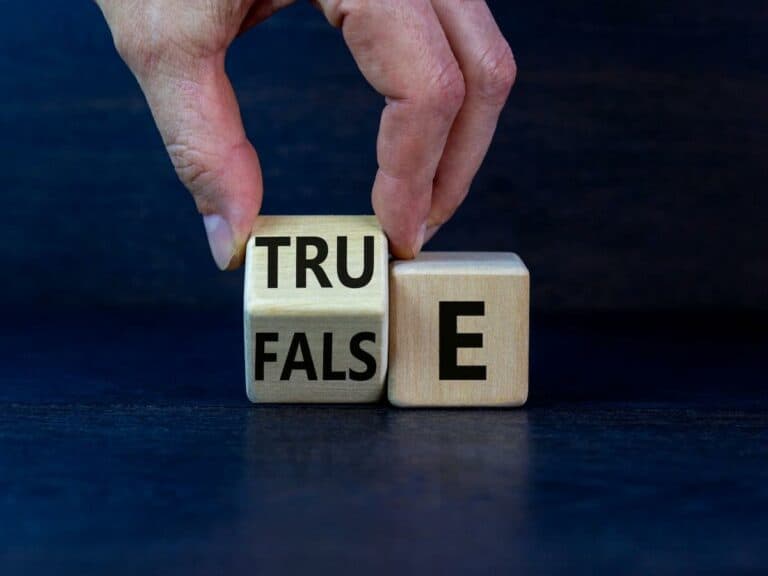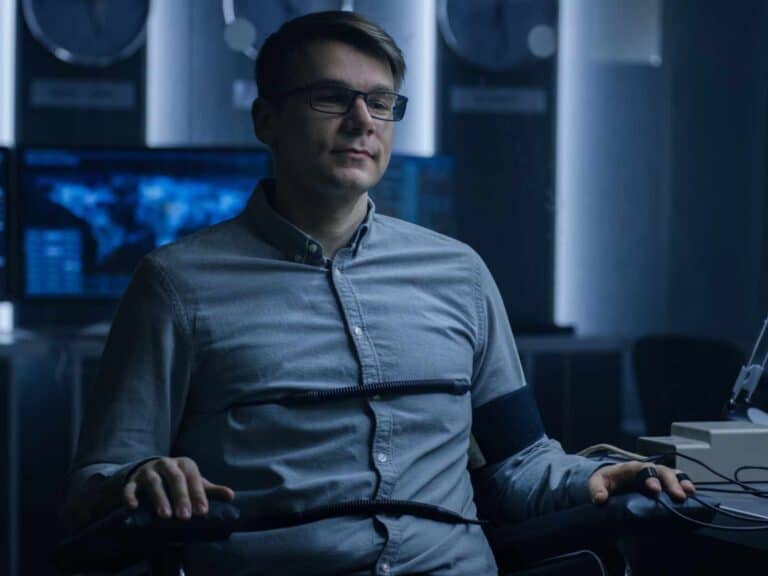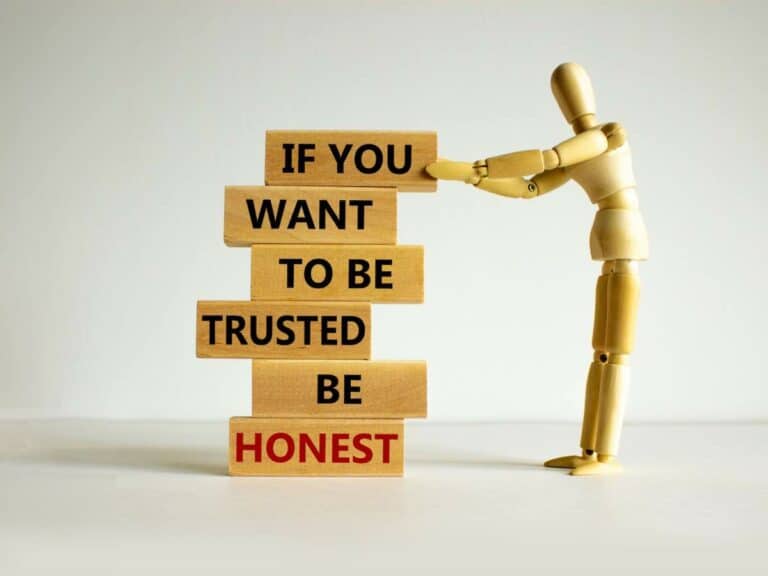Is There Anything More Accurate Than a Polygraph?
Trust me, I’m not lying when I say that a lie detector test is not 100% accurate. Yes, a polygraph may say that a truthful examinee is lying and a deceitful examinee is being truthful. And this brings us to this pressing question: is there a more trustworthy truth-telling procedure than polygraphy?
Some alternatives to polygraphy are said to be more accurate. Functional magnetic resonance imaging (fMRI) is determined to be the most accurate. Some studies, in fact, confirm that fMRI has a 100% accuracy rate. Polygraph in the traditional sense only is up to 90% accurate, according to its proponents themselves.
There are other alternatives to polygraphy than fMRI, and I will discuss a couple of them below.
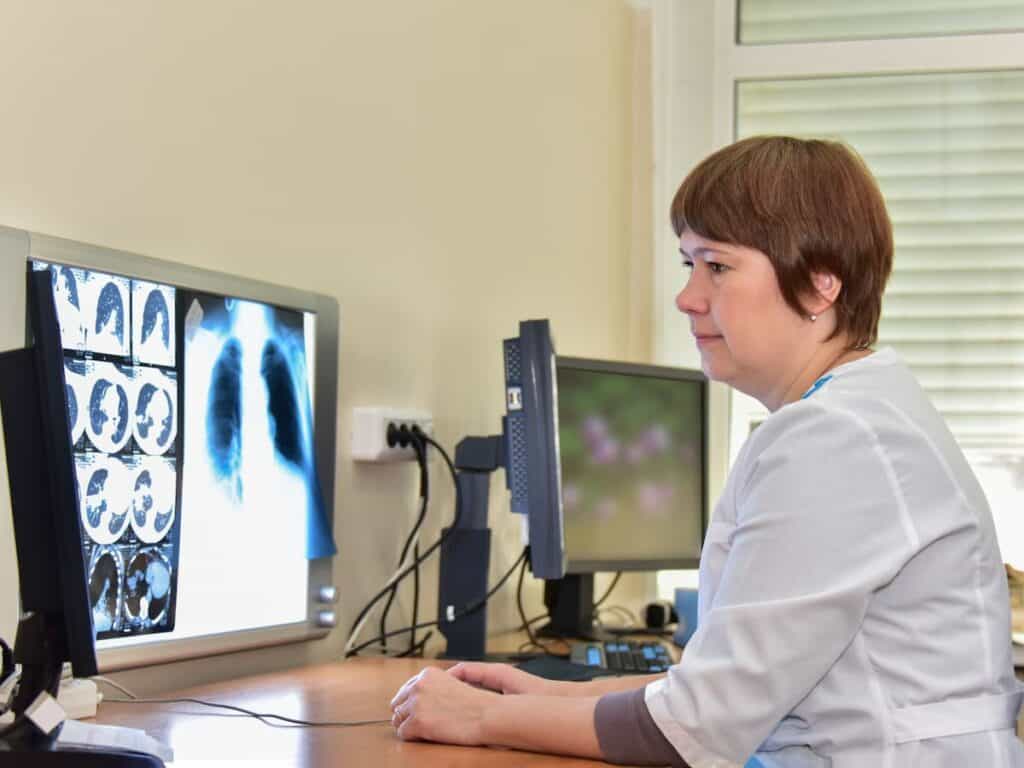
1. Functional Magnetic Resonance Imaging
Before anything else, let’s talk about the key difference between fMRI and MRI.
An MRI is designed to create images of the interior structures of the body. So, in other words, it allows doctors to have a non-invasive glimpse of a person’s organs and tissues for examination and diagnostic purposes. Meanwhile, an fMRI is used for the inspection of the functioning of the brain.
When it comes to lie detection, an fMRI is helpful in that it’s able to detect anxiety-induced changes in the activity in the brain. Specifically, it can measure blood flow to areas of the brain that are involved in deception.
The more blood is flowing in the said areas, the more likely a person is lying.
Unlike a lie detector test that can take anywhere from 2 to 3 hours to complete, using an fMRI for truth-telling usually lasts for 40 to 55 minutes only. Still, it will depend on some factors such as the purpose of the examination, the interrogative style preferred by the examiner and the number of questions asked.
As mentioned earlier, an fMRI, based on some studies, has an accuracy rate of 100%. While a polygraph test is up to 90% accurate, say its proponents, 10% can spell a world of difference in determining truthfulness with precision.
Despite its remarkable accuracy, an fMRI is not as popular as a traditional lie detector test among police authorities, criminal investigators and independent or private polygraph examiners. One of the primary reasons for such is that an fMRI is an enormous medical imaging machine that can take up the entirety of a small room.
To have an idea of just how massive an fMRI machine is, search for online photos of an MRI machine. Needless to say, it doesn’t have the compactness and portability of a polygraph instrument.
Besides the machine itself, an fMRI, whether for medical or truth-telling purposes, doesn’t come cheap. Depending on the provider, an fMRI scan can cost anywhere from $500 to $600 or more. A typical lie detector examination, on the other hand, can be as low as $200, depending on the purpose.
2. Voice Stress Analysis
Numerous things can contaminate a polygraph examination. One of them is the subject having too much anxiety over the test, especially if the person who is conducting the lie detector test is lacking in training and experience.
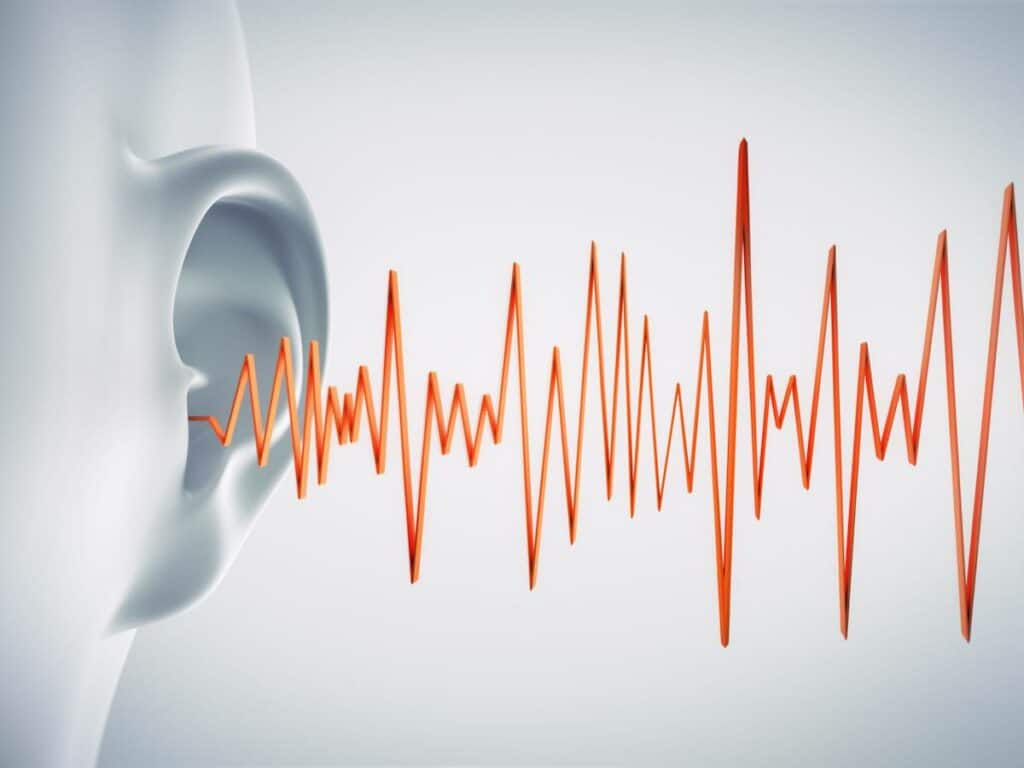
As if undergoing the exam is not nerve-racking enough, the thought of having all sorts of sensors attached to the body during the procedure can make one even more uneasy. Around 1 in 5 adults suffers from white coat hypertension, which is characterized by an increase in blood pressure when being checked in a professional setting.
Due to this, someone with white coat hypertension may get a false positive or an inconclusive result.
A less anxiety-inducing alternative to a conventional polygraph test is voice stress analysis (VSA). Just like what the name suggests, the procedure monitors stress-induced changes in voice patterns.
When a person is put under stress, the fight or flight response is activated. This causes all kinds of physiologic changes, such as those that are recorded during a lie detector test. The muscles also become tense. Since the vocal cords are muscles, the voice changes when the individual is stressed or uncomfortable, such as when lying.
It’s because of this why VSA works. And it’s simple, too — the examiner asks a series of questions, and the examinee speaks his or her answer each time into a microphone plugged into a computer.
There are many perks that come with VSA. One of them is that there are no sensors attached to the subject’s body, which makes it less intimidating and more hygienic. Unlike a polygraph examination with various countermeasures that can contaminate the result, VSA only has one known countermeasure: the examinee not speaking.
However, according to experts, VSA has a 50/50 accuracy only, similar to flipping a coin.
3. Eye-Scanning Lie Detector
It’s been claimed time and again that the eyes are the windows to the soul — looking into the peepers of a person, purportedly, can give you an idea of his or her hidden thoughts and emotions.
Well, there’s a modern-day technology that can save you from doing the guesswork when determining deception by means of the eyes of someone whose truthfulness you are doubting. It’s referred to as the eye-scanning lie detector, which was created in 2002 by a company based in Utah.
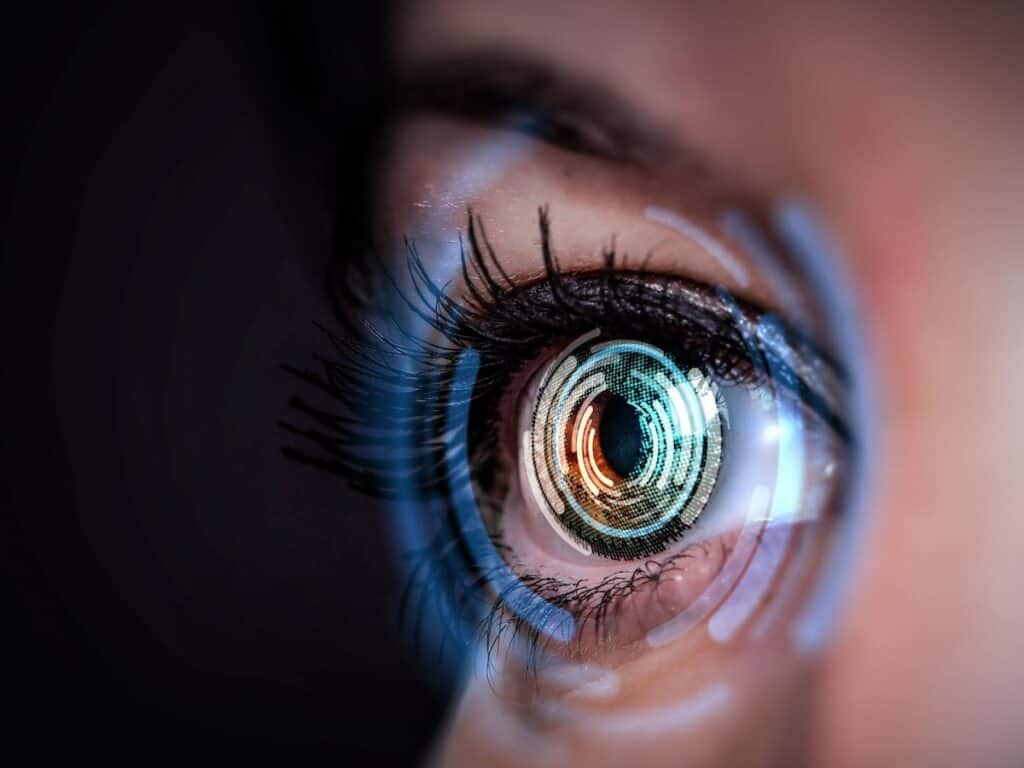
Earlier while talking about VSA, I mentioned that stress can affect the muscles such as the vocal cords.
The same principle is taken advantage of by an eye-scanning lie detector in separating truth-tellers from deceptive people. The iris, which is the colored part of your eyes, is a muscle. When your fight or flight response is activated, such as when you are lying, it becomes tense. This causes the pupil of your eye to grow bigger.
Generally speaking, greater pupil dilatation is associated with lying — all the on-the-spot attempts at planning and deploying believable lies can be stressful to the body.
Similar to VSA, an eye-scanning lie detector does not require the examinee to be hooked up to a machine with the help of all sorts of sensors. The subject of the test simply has to sit in front of a computer and place his or her chin on the chin rest to stabilize the head and to keep the eyes within the level of the camera.
The examiner then asks the person a series of questions answerable with a true or false. How much the pupil of his or her eyes dilates determines whether or not there’s deception.
According to studies, an eye-scanning lie detector has an accuracy rate of 88%.
Just Before You Undergo Any Truth-Telling Examination
When it comes to investigating whether a person is being truthful or deceptive, there are a few other procedures available besides strapping him or her to a lie detector machine.
A more accurate alternative is fMRI, which uses the same basic principles as an MRI.
While some studies suggest that it has an impressive accuracy rate of 100% as opposed to a polygraph’s 90% accuracy rate (or 70% if critics are asked), certain things about the utilization of an fMRI are keeping it from completely replacing a lie detector test in real life as well as in forensic crime drama TV shows and movies.
Related Questions
What keeps a polygraph test from being 100% accurate?
Different people have different patterns of physiological reactions to stress, which is why it’s not all the time that a polygraph machine can detect deception precisely. Also keeping a lie detector test from being fully accurate is that the result can be influenced by both examinees and examiners.
What can disqualify you from taking a polygraph test?
Just about anything that can alter physiological processes and affect a polygraph machine’s readings can disqualify a person from undergoing a lie detector test. Some of them include lack of sleep and the intake of alcohol and certain drugs. Some medical conditions are disqualifying factors, too.



